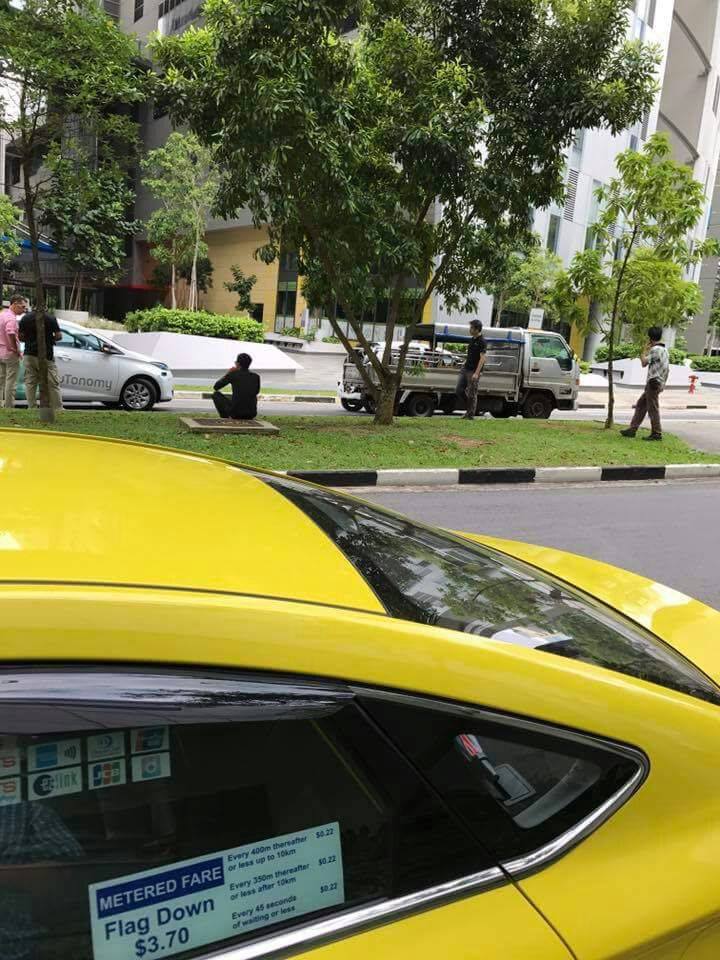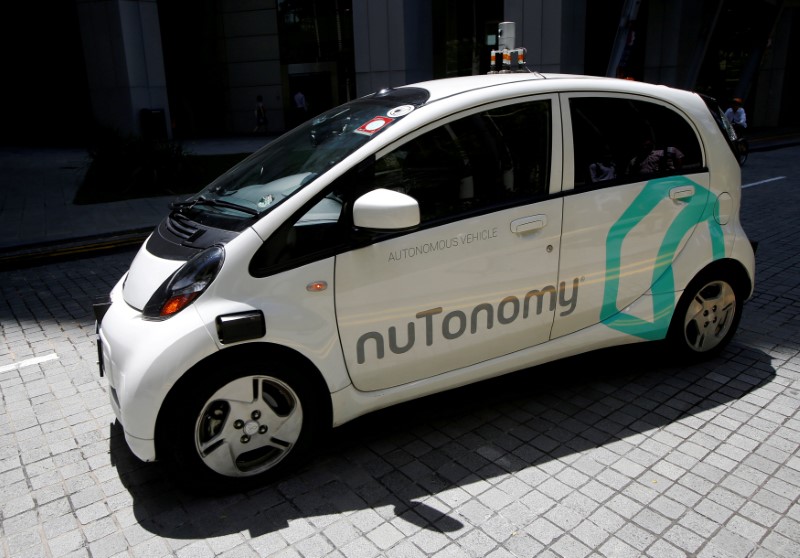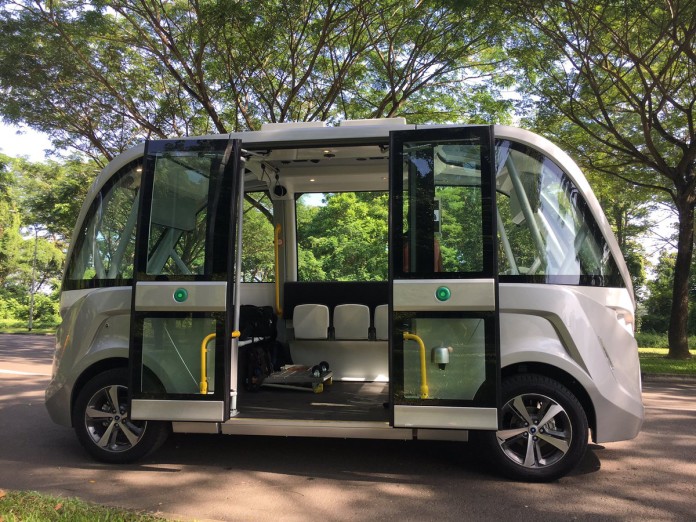SINGAPORE: No longer a matter of if, but when – that is what experts are saying about the future of driverless vehicles in Singapore.
Currently, there are close to 10 autonomous vehicle (AV) trials ongoing in Singapore and more are in the pipeline. Authorities have said that such vehicles are part of a vision to create a long-term sustainable transport system, with other uses including street cleaning and refuse collection.
Professor Subodh Mhaisalkar, Executive Director of the Energy Research Institute at Nanyang Technological University (NTU), pointed out that there are differences in the need for autonomous vehicles in Singapore as compared to lthe US or in Europe.
“In the Europe and the US, people are driving hundreds of miles per day. On the other hand, the need of AVs that we have is in the mega city. So for us, it would be more appropriate to focus on the first and last mile transportation,” he said.
But while driverless technology could be ready by the 2020s, experts told Channel NewsAsia it could still take between one and three decades before such vehicles become part of our everyday lives.
Drawing up new policies and regulations could prove the biggest challenge, they say.
MORE TESTING NEEDED?
According to advisory firm Atkins Acuity, one benefit of driverless vehicles could be improved safety.
Based on the firm’s research, 90 per cent of accidents that take place currently involve driver error and about 150 lives are lost on Singapore’s roads each year. It projects congestion could be reduced by about 40 per cent as self-driving cars can react faster and drive closer to each other.
Researchers have also suggested that such vehicles can be useful in ferrying those who are unable to drive, such as the elderly, youth and people with disabilities.

A driverless mini bus being tested at NTU. (Photo: Olivia Siong)
But Professor Subodh said more tests will need to be done to ensure safety and reliability.
“The first level is to test the hardware, the sensors. The second is how robust the software is,” he said, adding that the issue of cyber-security with regard to the software used also arises.
“We will also need to analyse if the vehicle itself is prepared for every safety case that we can experience in Singapore and when I mean safety cases, I mean motorcycles cutting in or if there’s a vehicle that’s broken down, are you allowed to bypass the vehicle even if you’re crossing a no-go sign.”
THE ISSUE OF LIABILITY
While driverless vehicles may result in fewer accidents they also raise new questions when they do occur. For example: Who is at fault when there is no driver?
Pioneering US electric car firm Tesla’s electric car Model S, which has a semi-autonomous auto-pilot mode, has had a number of fatal accidents both when auto-pilot was on and when it was not.
In October, autonomous vehicle startup nuTonomy stopped all trials of its vehicles in Singapore amid investigations into an accident where one of its driverless test cars collided with a lorry while it was changing lanes.

A photo circulating on social media of an accident involving nuTonomy’s driverless car and a lorry in October.
Current research suggests vehicle insurance could change to hold manufacturers, instead of the driver, responsible instead.
In Singapore, the General Insurance Association said it has been actively engaging the Land Transport Authority on the matter, but it is still at an early stage of gathering facts on this new development.
The association noted that the underwriting and handling of accident claims involving autonomous vehicles presented a different set of challenges from a driver behind the wheel.
According to GIA chief executive Derek Teo, motor insurers wishing to provide cover for autonomous vehicles needed to have “thorough comprehension” of the technology powering the vehicle, and statistics on tests on the road as well as new road traffic laws governing the ownership and use of these vehicles.
CONSUMER ACCEPTANCE A KEY HURDLE
Atkins Acuity director Jonathan Spear estimated that while driverless technology could be feasible and reliable in real world conditions from the early to mid-2020s it would take between one and three decades more before such vehicles will be adopted on a mainstream level.
Based on the pattern of other automated technologies like air bags and automatic vehicle transmission, Mr Spear said the development of autonomous vehicles will have to go through stages of market maturity, social acceptance and commercial applications from the manufacturers.
“We are probably looking at the 2040s and beyond, at which point autonomous vehicles will be part of our everyday lives.”

A nuTonomy self-driving taxi drives on the road in its public trial in Singapore Aug 25. (Photo: Reuters)
Mr Spear added that technology is unlikely to be the main impediment. Instead, the biggest roadblock could be what policies the Government put in place to allow autonomous vehicles on public roads, such as how they review driver regulations or traffic laws.
Whether drivers are willing to relinquish control of the steering wheel and commuters are comfortable with such travel is another hurdle, he said.
“The research that we’ve done suggests they’re split. Some people are very skeptical and some people are very supportive and are very excited about this futuristic technology,” noted Mr Spear.
“But nevertheless, the public have to understand it much more clearly than they do at the moment. They have to be familiar with it because if that doesn’t happen, then they’re going to be much more skeptical and much more cautious about using the technology when it actually comes along.”
While there may be bumps in the road ahead, Mr Spear was confident that driverless vehicles would eventually be adopted as part of everyday life.
“In the long term, AVs will become a part of our daily lives,” he said. “And we will wonder how we ever managed without them – like we do now with smartphones, laptops or microwaves.”





